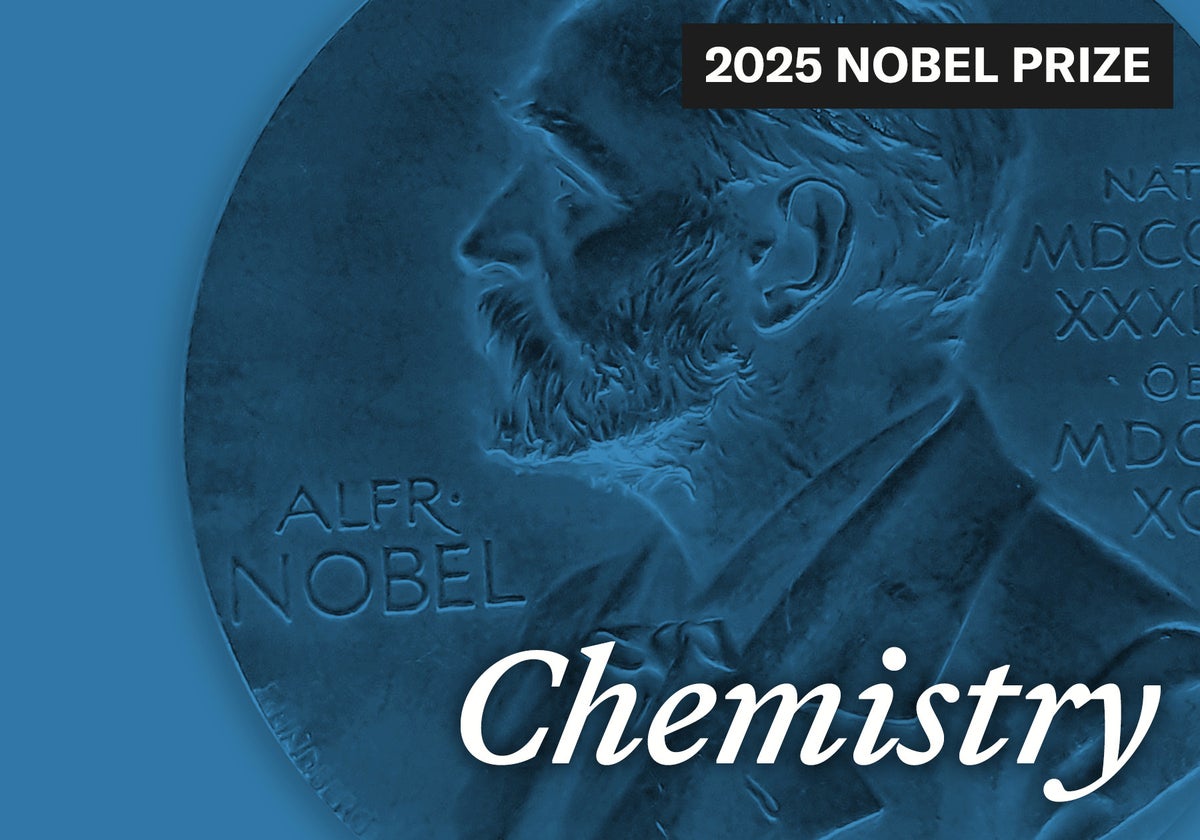
"The 2025 Nobel Prize in Chemistry has been awarded for a versatile technology that can be used for an astonishing variety of purposes, from environmental remediation to drug delivery and energy storage. Susumu Kitagawa, Richard Robson and Omar M. Yaghi shared the award for their development of metal-organic frameworks, chemical cages that have small openings that can capture other small and diverse molecules. MOFs, as they are known, are being explored for their use in wastewater cleanup, PFAS removal, timed or multi-drug release systems, and more."
"Richard Robson of the University of Melbourne dreamed up the first MOFs, inspired by the tetrahedral, or pyramid-like shape that carbon atoms take to form diamonds. He mixed a form of copper with a nitrile, an organic compound with nitrogen bonded to carbon, and watched as it formed a repeating structure with small holes in it. Susumu Kitagawa, of Kyoto University and Omar M. Yaghi, of the University of California, Berkeley, furthered MOF research and applications. Kitagawa created MOFs that were flexible and learned that gases could flow in and out of MOFs."
Metal-organic frameworks are crystalline molecular cages formed from metal ions and organic linkers that create small openings capable of capturing diverse molecules. The cages can be one-dimensional or multi-dimensional and can be constructed from many metals and organic molecules. MOFs are being applied to wastewater cleanup, PFAS removal, timed and multi-drug release systems, energy storage, and environmental remediation. Richard Robson first synthesized repeating MOF structures by combining a copper compound with a nitrile, producing porous frameworks. Susumu Kitagawa developed flexible MOFs that allow gas flow, and Omar M. Yaghi advanced their research and applications.
Read at www.scientificamerican.com
Unable to calculate read time
Collection
[
|
...
]